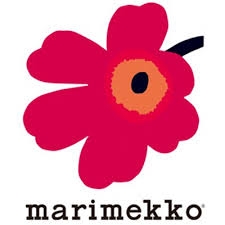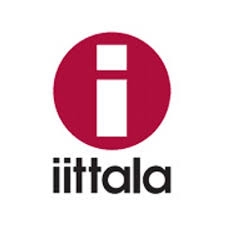Marimekko / Iittala KIVI Votives
Click the photos to get them larger!
How To Identify KIVI Colours - Photos Of My Collection
I proudly present my own Kivi votive collection. As I sell Kivi votives at my Bottlenist shop in Etsy, it is important that every Kivi for sale is just what I describe. That is why I need my own collection as references for other Kivis (at least this is the reason, that I told to my wife). So every Kivi for sale is compared with these reference Kivi votives from my collection.
From next four links you can check these fantastic colours. They are arranged usually in the groups of three. In addition close colours are set side by side to make comparing easier. The headlines of the links are not perfect, but I hope they give you some direction depending what you are looking for. It takes not long to study all the links. So please, take a look:
From Blue To Green Kivi Votives
Pink, Red And Brown Kivi Votives
And here some extra: My Reference Kivi Votive Colors
General Knowledge Of Kivi Votives
Kivi (Stone in English) candle holder bowls are small jewels of light designed by Heikki Orvola in 1988. The votives enrich the flame’s glow and multiplies it. Iittala glassworks` glass experts create Kivi using solid colour for the glass mass instead of merely colouring the glass from the surface which makes the colour especially rich. Kivi is available in several different colors – at the moment 47 - each with their own special Iittala glass recipe.
Most of my Kivi candle holders are normal, little size. In the years 2002-2014 there were produced also large 80 mm high Kivi votives. They are more rare, and also more valuable.
I have marked every Kivi with my own number to identify them from each other. General measurements for Kivi votives normal / large:
Height 60 mm / 80 mm
Diameter 65 mm / 85 mm
Hole diameter 44 mm / 65 mm
Volume 8 cl / 20 cl
Weight 280-330 g / 580 g (weight varies depending on the bottom thickness).
Some History And More Knowledge
So first Kivi votives were published in 1988. They were made by traditional Finnish Iittala glass works or Nuutajärvi glassworks co-operating with Marimekko concern.
I suppose the reason was that Marimekko brand was well known around the world. Actually the same co-operating is seen on Mariskooli bowls; even the used colours on Kivi and Mariskooli items are partly the same (and called with the same names).
So there appear marks of two brands on Kivi votives: the Iittala sticker, and Marimekko name molded on the bottom.
They started to use mold numbers on the bottoms in the years 2003-2004. If the mold number doesn't appear, the Kivi is made before the year 2003.
That red Iittala sticker tells us about the item`s age too: in the year 2001 that text changed from white to black.
Molded number is seen somehow here down
There are 47 different colors published until January 2018. They are not always easy to identify from each other. And there is one more problem in addition: so called “väliväri” meaning colors in between. They are not official colors.
Kivi votives with these väliväri colors are made, when they change the glass mass from one color to another during the manufacturing procedure. Usually those colors are for sale as second quality. But actually they can be even more valuable than normal colors, because they are more rare. Iittala strips are not used on "mixed colored" Kivi votives to my knowledge.
Some Kivi colours are later produced only for Japanese markets. Here is a brown Kivi.
Iittala glass works started in 1881. First they made mundane glass dishes for every home. In the 1930s Iittala started to produce designed glass more and more. Aino and Alvar Aalto were the first famous designers working for Iittala-Karhula. Since 1950s designers like Kaj Franck, Tapio Wirkkala, Timo Sarpaneva and Oiva Toikka have made Iittala known all aroun the world.



